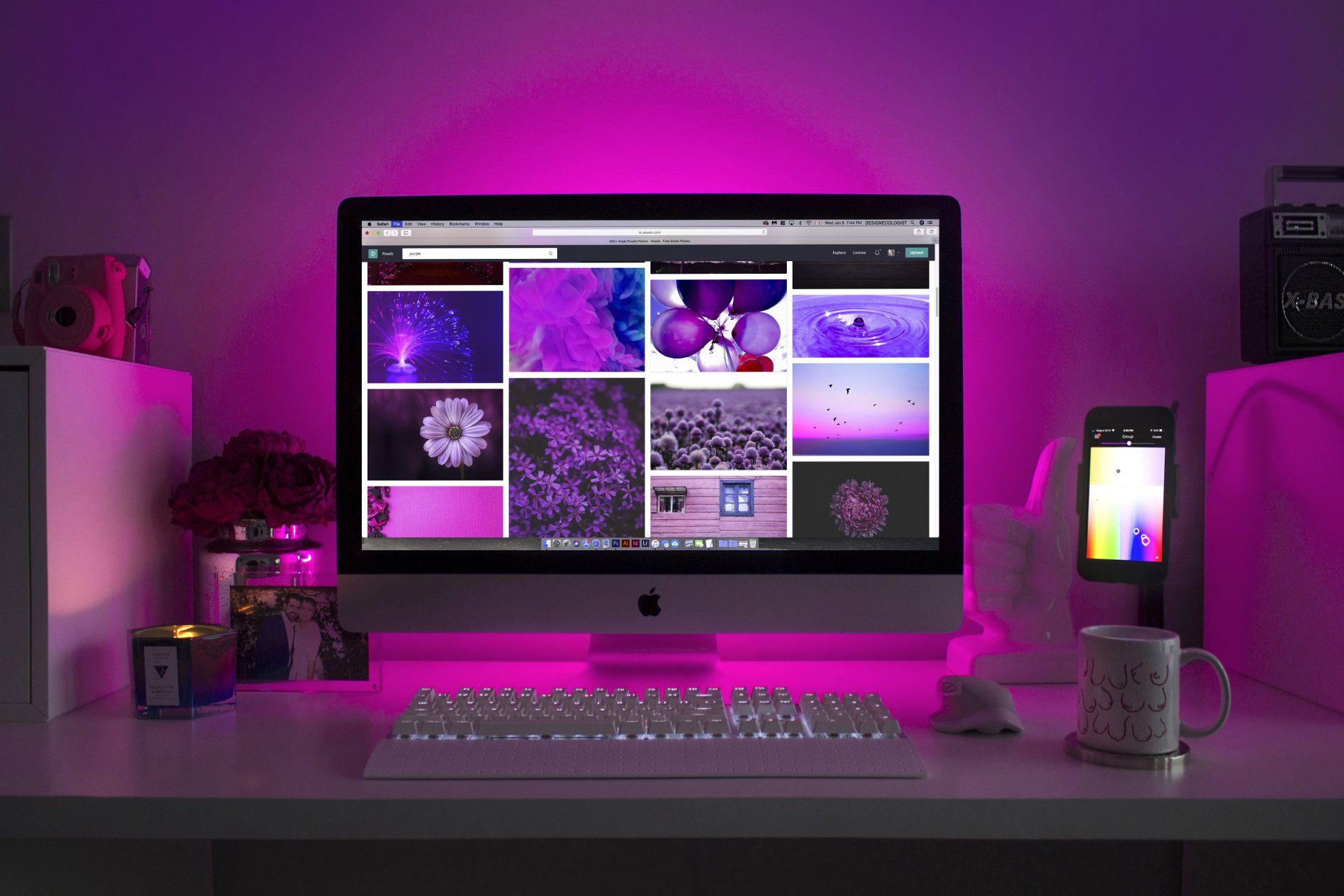Accessibility in Design
Making sure your designs can be experienced by all
What is design, other than an art form? Graphic design goes beyond creating beautiful imagery, it is a visual tool used for communication. When designing, it is important to make sure that the information being presented is accessible to all, including those with disabilities and visual impairments. Without accessibility in design, we cut off communication to a lot of potential customers.
The truth is, a lot of designers do not think about accessibility in their everyday practice. While a designer in theory should think about what works first, and what looks good second, for many this is rarely the case. By considering the needs of those beyond your demographic, you directly benefit your own business by expanding your pool of potential customers. So how can you make your designs more accessible? Color, size, and technology all need to be taken into consideration. In this article, we will cover color.
COLOR
As a graphic designer, I am legally obligated to love color. Okay, maybe not, but I am obsessed with color and how it can impact my designs. This is not the case for everyone, as many people in the world are colorblind or struggle to distinguish colors from each other. For that reason, it is important not to use color as your main visual means for conveying information in a design. Instead, consider scale, size, weight, and other design elements to achieve visual hierarchy.
With color, age also needs to come into consideration. If you design a flier for a senior center, for example, you need to use soft/pastel colors as many people in that demographic find vibrant colors overwhelming and hard to read. The opposite can be said when designing for children, as they are attracted to by bright, attention-grabbing, primary colors.
Regardless of your demographic’s age, another important aspect of color to keep in consideration is contrast. Without contrast, information can, and will, get lost in your design. This is only worse for those with visual impairments. To play it safe, there is a general rule that foreground and background colors should have a 4:5:1 contrast ratio. This can seem a little tricky, but you can learn more about that directly from the Web Content Accessibility Guidelines (W3C) and you can also use this tool to make sure your colors are safe to use. A general rule of thumb for contrast is that as you make a graphic element thinner, you must also make it darker to achieve more contrast.
Many designers shy away from practicing accessibility in their everyday work. Accessibility can create some heavy limitations, but these constraints only lead to more creative outcomes. Keep an out out for Organic Business Solutions next blog on accessibility, as we cover more ways to be inclusive and expand your audience.







